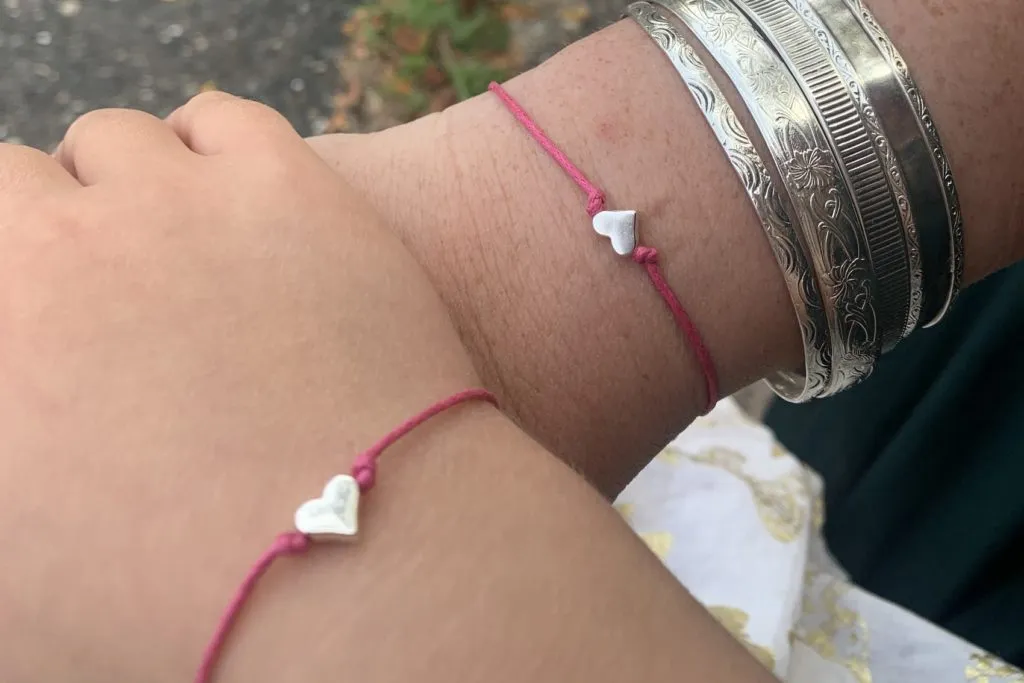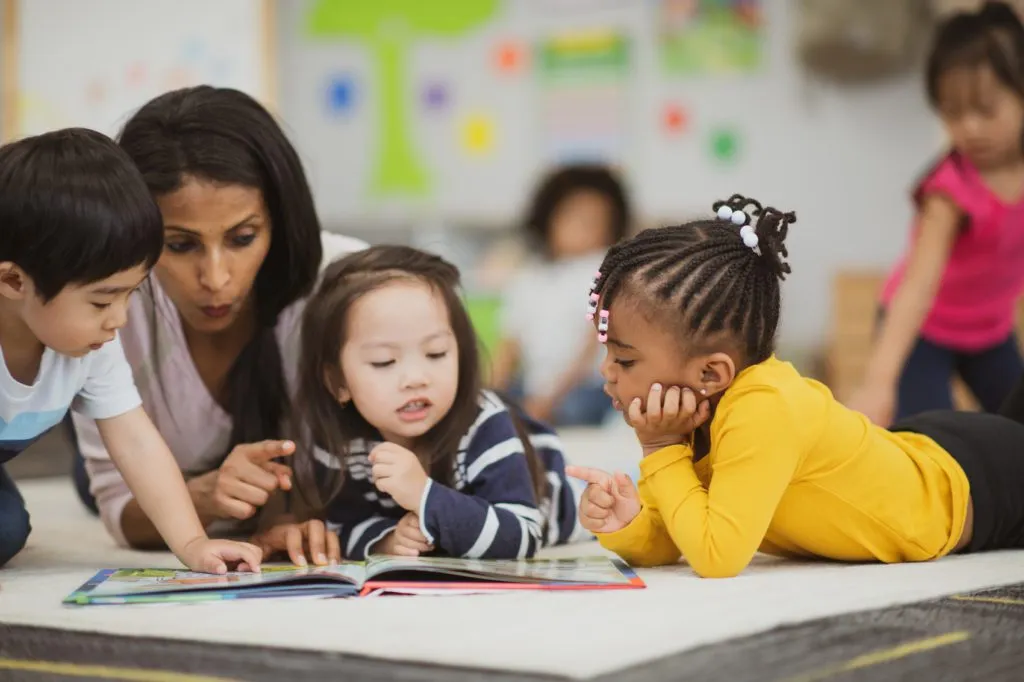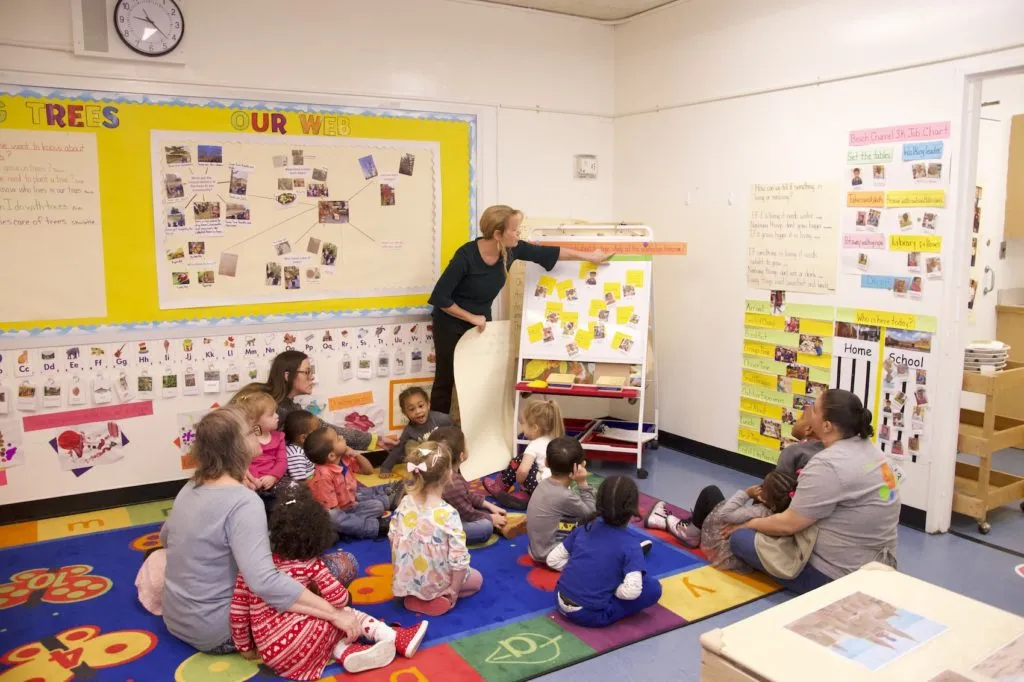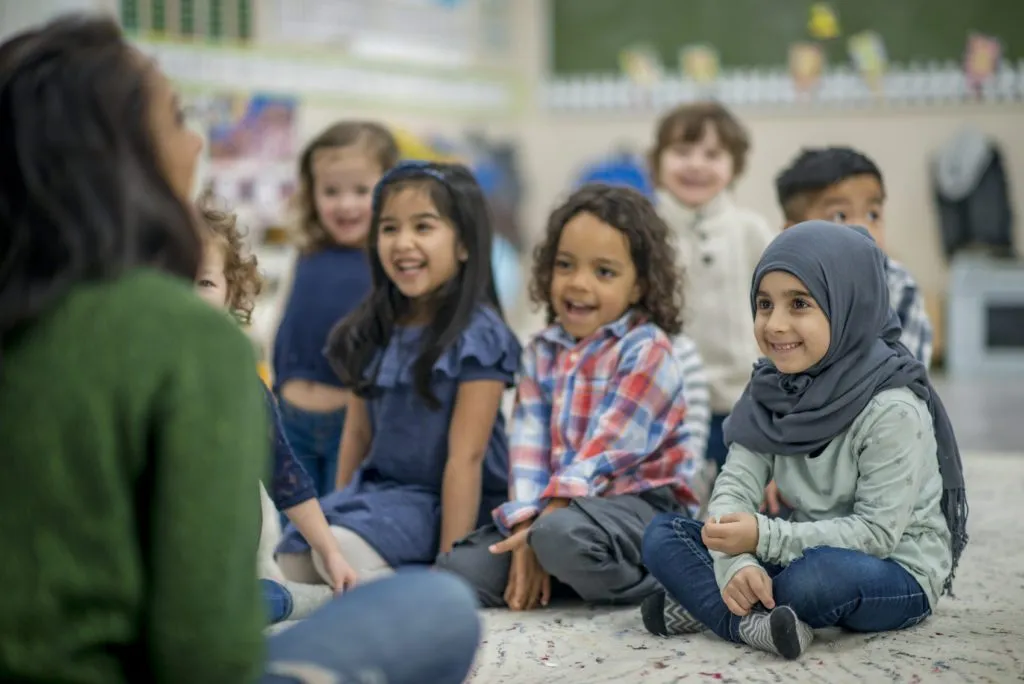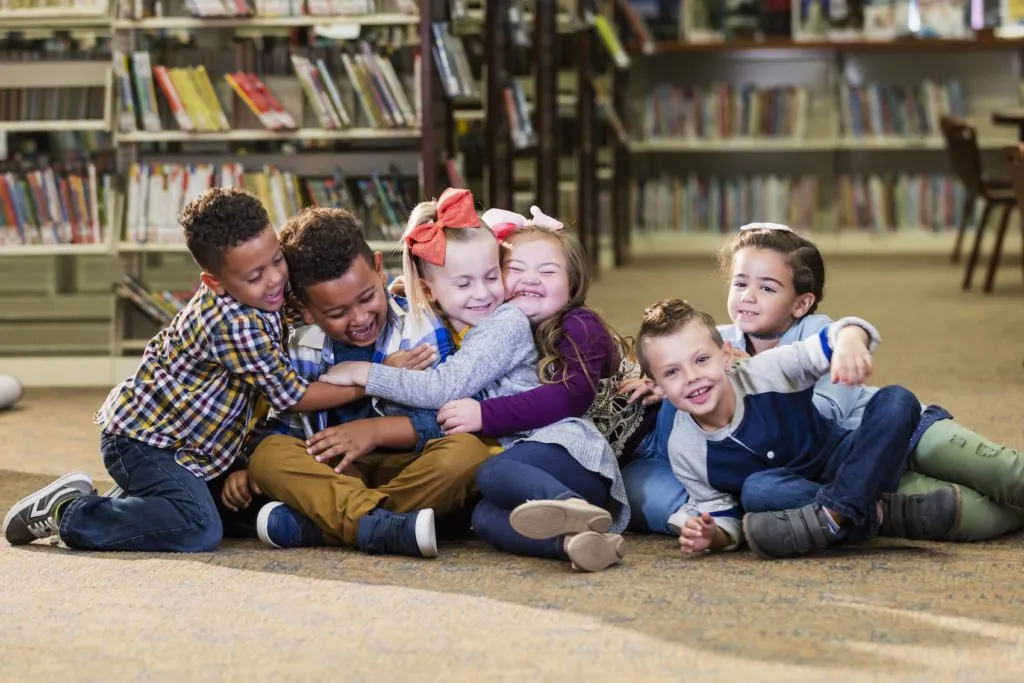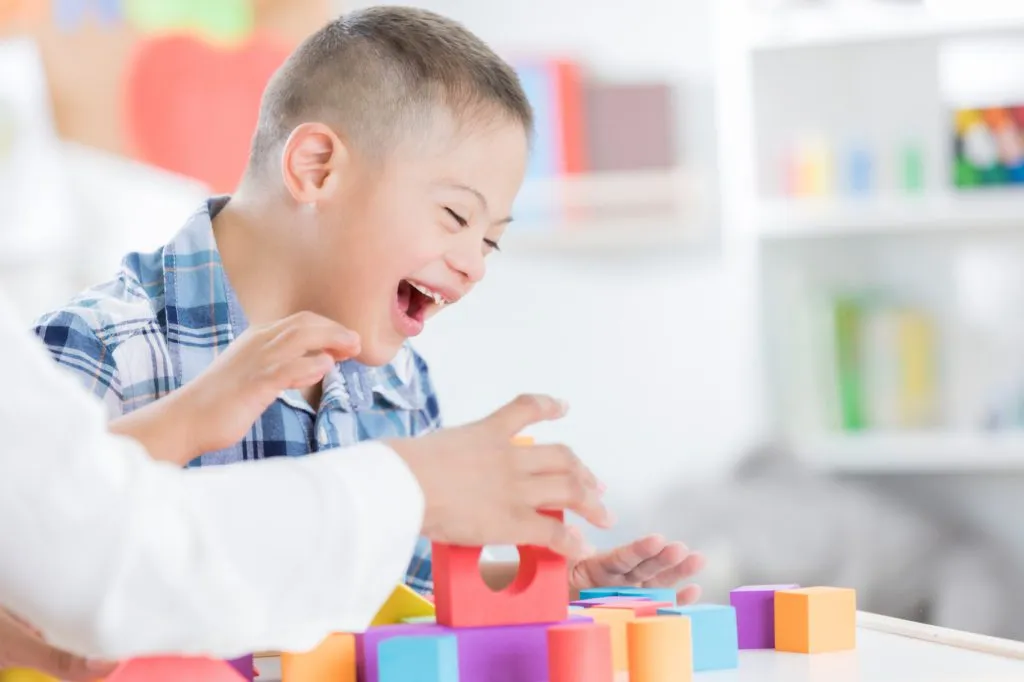Educating the Whole Child: Mathematics Development

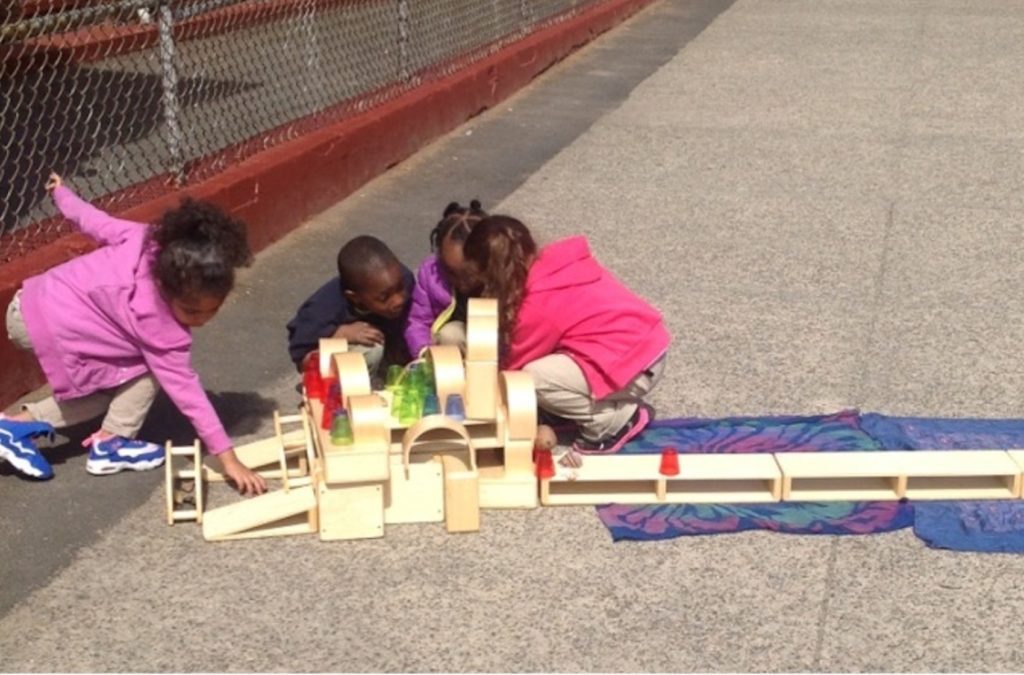
As I finished writing a tutorial for an upcoming online professional development course on supporting children who are dual-language learners in mathematics learning, I began reflecting on the many ways The Creative Curriculum provides support for ALL children to learn complex math skills in developmentally appropriate ways.
Being a mom of two young boys and a former preschool and kindergarten teacher, I truly appreciate young children’s need and desire to participate in meaningful mathematic experiences that
- engage their bodies and activate their senses,
- build on connections to their everyday lives, and
- relate to their prior experiences.
The Creative Curriculum provides teachers with the framework to meet these needs intentionally, responsively, and with a high level of quality, while simultaneously respecting young children and the way they learn.
Mathematics Learning Cannot Be Left to Chance
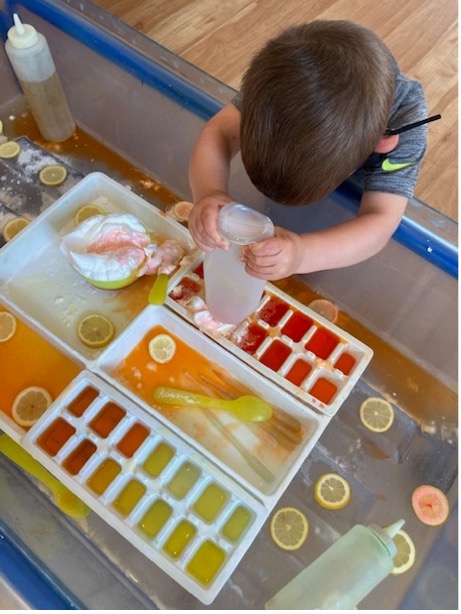
Much like literacy development, mathematics learning cannot be left to chance. Effective and meaningful mathematics instruction and planning gives purpose to what takes place each day and helps to ensure that learning opportunities are maximized.
When paired with meaningful interactions, the classroom environment can deeply engage children in mathematic thinking and learning. When mathematic learning at school connects to familiar experiences and authentic materials in children’s lives, children are more motivated to engage and can more easily establish connections.
An Engaging Physical Environment
One of the essential aspects of The Creative Curriculum is the acknowledgment that children do not develop mathematics concepts simply by looking at them. Young children need daily opportunities to manipulate, draw, compare, describe, sort, and explore mathematics concepts in a variety of ways.
The physical environment and materials offered to children are vital to concept development. The Creative Curriculum for Preschool, Volume 2: Interest Areas guides teachers to intentionally design their physical environment and choose high-quality materials that enhance learning.
The Mathematic Objectives for Development and Learning
When implementing The Creative Curriculum, another essential aspect of facilitating high-quality mathematics is to identify and get to know the mathematics objectives and dimensions for development and learning.
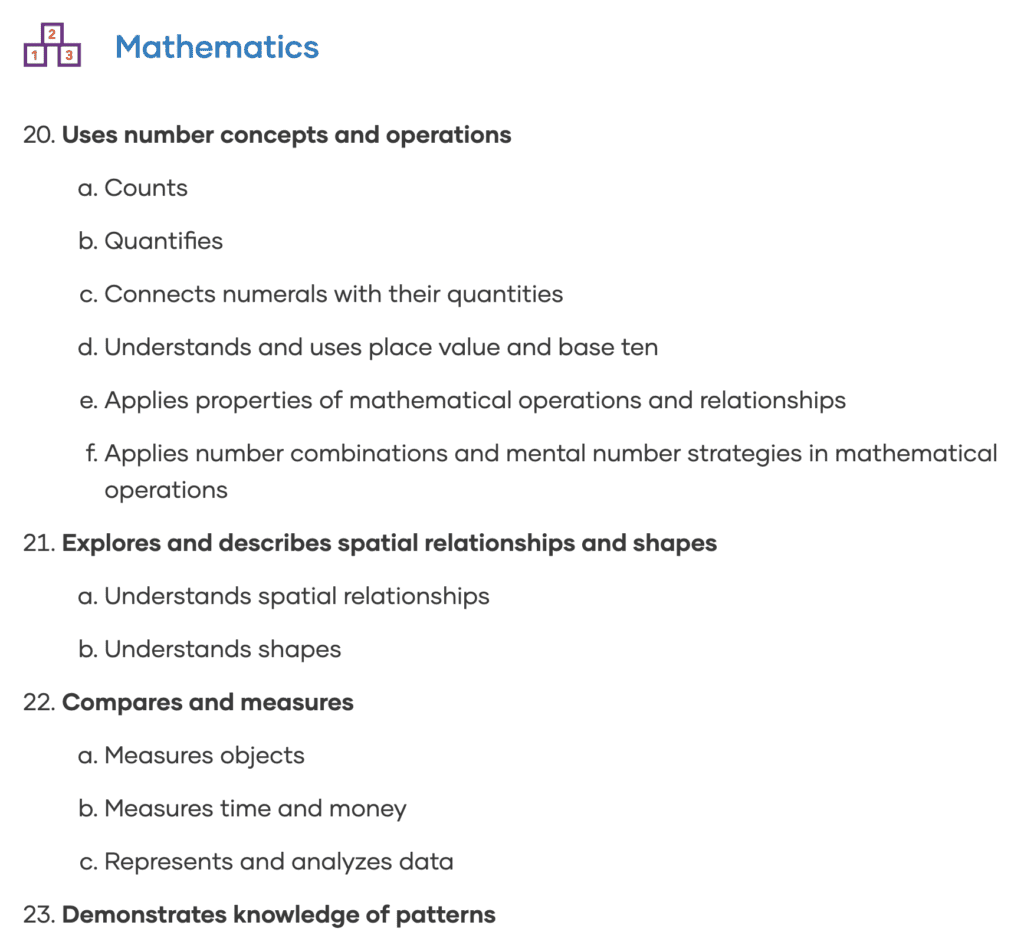
With a clear understanding of these objectives, teachers will be able to observe children, analyze and evaluate their mathematics knowledge, and help each child progress. When teachers internalize the objectives and dimensions, it enables them to provide children with a wide variety of opportunities to demonstrate the math knowledge they have.
By doing so, teachers can meet children where they are on the developmental continuum and be better equipped to scaffold their learning, while also sending children, regardless of their mathematics knowledge and skills, powerful messages, like “You can do many things on your own here” and “This is a safe place to explore and try your ideas.”
A Glimpse at The Creative Curriculum
Take a glimpse at how The Creative Curriculum directly influences each aspect of mathematics development and learning by supporting teachers to
- design the learning environment by purposefully placing mathematics materials in interest areas for child-initiated explorations and intentionally introducing activities with a mathematical focus;
- observe and listen as children interact with materials and their peers;
- introduce mathematical vocabulary to describe children’s actions and thinking;
- differentiate mathematics instruction based on children’s unique needs;
- ask appropriate questions as children investigate mathematics concepts;
- embed mathematics concepts into the daily classroom routines and transitions;
- plan, carry out, and respond to children as they bridge their informal understandings with more formal mathematics learning;
- support families to engage in mathematic learning at home; and
- thoughtfully implement solutions included in The Creative Curriculum studies, Intentional Teaching Experiences, Mighty Minutes, and more.
Mathematical Process Skills
Mathematical process skills are how children develop their mathematics knowledge and are often intertwined, influencing, and building upon one another.
The mathematical process skills are part of each learning experience in The Creative Curriculum related to the mathematics objectives for development and learning. Consider the examples below as a snapshot of what you might see inside a The Creative Curriculum classroom. 
- Problem-solving: In the Art area children, try to solve a problem by counting paint brushes. The teacher asks, “How many do we have? Are there enough paint brushes for each paint cup?”
- Reasoning: In the Toys and Games area, children discuss why they placed triangles inside a circle representing a category and explain their reasoning.
- Communicating: In the Dramatic Play area, children sell flowers in the class “flower shop,” communicating the prices of arrangements. A child pretending to work in the flower shop might tell another child, “Daisies cost a dollar.”
- Connecting: In the Library area, children connect what they have learned about patterns by creating a pattern border around each page of the class book.
- Representing: In the Block area, children discuss blueprints or representations of earlier constructions.
The Creative Curriculum prepares teachers to promote children’s mathematics learning in a practical yet comprehensive way that instills confidence in their teaching practice, empowering them to establish classroom communities which inspire and motivate our youngest learners each day.

An Early Childhood Educator’s Guide to a Whole-Child Approach
For everything you need to know about the whole-child approach, download our free eBook today.
